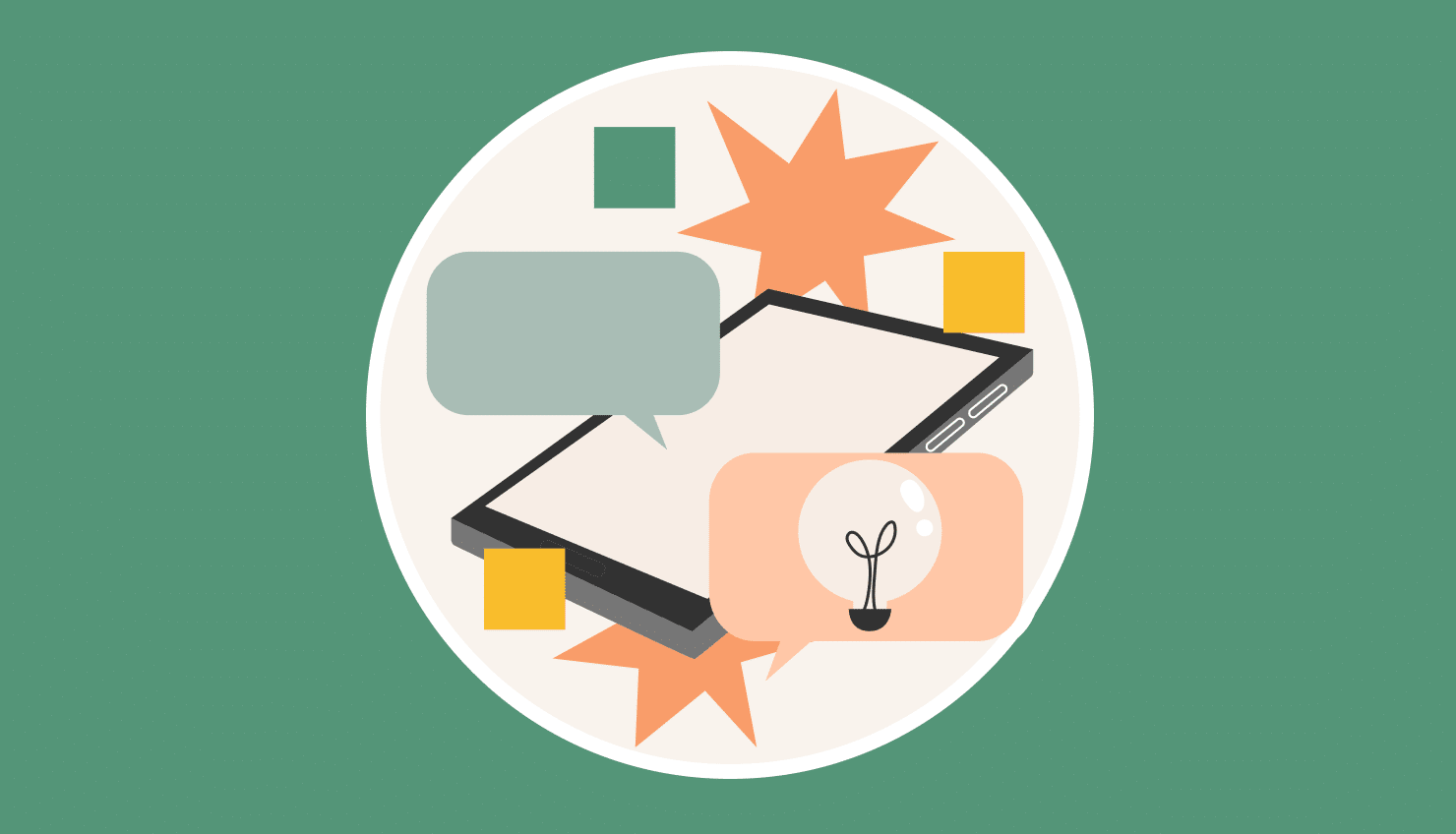Strategies for blended learning describe how classrooms shift from static syllabi to mixed, active experiences. In many settings, project-based sequences provide the narrative thread, while game-based activities add subject-specific challenges that spark curiosity. Online modules, interactive quizzes, and discussion spaces then extend the work beyond the bell, deepening understanding and reinforcing concepts without replacing the human cadence of class.
1. Collaborative Work
Blended learning provides a virtual classroom environment that is ideal for collaborative work. Instead of simply presenting content and lecturing, teachers make use of collaborative approaches that earn a positive response from students. For example, teachers solve problems together with students so they develop a deeper understanding by doing rather than watching passively. A major benefit of blended learning here is reach: geographically dispersed learners can advance with online materials and reviews, while trainers and lecturers add input through virtual classrooms so collaboration and engagement remain high at a distance.
2. Online Work
The blended learning environment is well suited for online work. Motivation rises with videos, images, and animations as content to engage students, and assessments can run through online tools with automatic checking, for instance multiple-choice questions that reveal progress at a moment’s notice. Online work can also be customized according to individual needs. If a learner needs a revisit of basic material, include it in the online work module for that person. Teachers can then design content and assessments for individual needs on a simple online learning platform that keeps everything in one place.
3. Structured Learning
Online learning solutions support highly structured paths. As students complete chapters and exercises, the system updates to reflect learning progress and shows where they stand in the online course. This helps learners move more quickly toward the end of the course. Instructors do not have to repeat the same basic material over and over. Instead, newcomers review online content to get up to speed and can catch up with the rest of the class even if they joined late.
4. Flipped Classroom
The flipped classroom model makes the best of both worlds: online and offline learning environments. Students gain advantages from both methods while easing drawbacks. It is a better choice for busy professionals who may not always be able to attend in person. Instructors upload slides, notes, videos, and podcasts so remote learners do not miss essential material. Posting content online also helps trainees comprehend faster and ask meaningful questions during the live segment. In this approach, instructors focus on discussions, collaboration, online problem solving, and other engaging forms of learning.
5. Live Online Training
Even before the coronavirus outbreak, online training was taking off in both academic and corporate settings. Blended solutions allow students across the globe to work with trainers so that course progress remains steady. After the outbreak, this capability became practically mandatory, allowing students to learn safely while observing public health measures. Blended learning is a pragmatic choice for remote learning with a strong engagement factor. Besides supporting real-time instruction, it accommodates trainees who cannot attend a specific slot, for example, due to shift timing.
6. Elements of Online Learning
Instructors and teachers can use key elements to improve learning progress on an online learning platform:
- Customized content that meets specific needs and goals.
- Speed variation so learners can slow down or speed up where it matters.
- Online polling and quizzes with automatic checking for quick feedback.
- Live remote instruction and collaboration to keep momentum.
- Flipped learning methods are tied to hands-on tasks.
- Videos, images, animations, and virtual simulations that make concepts concrete.
This blend of new tools with traditional techniques can lead to improved progress and learning outcomes, which is another benefit of blended learning. Thanks to this flexibility, the model enjoys widespread use across universities, colleges, high schools, and primary schools, with technology evolving for a better user experience and faster learning.
7. Rotation Model
The rotation model is a pragmatic implementation that moves students between activities. Alongside online tasks, it accommodates independent study, teacher-based sessions, peer group interaction, and one-on-one time with the teacher. A flipped segment can be part of the rotation: students learn core material at home through shared content, then consolidate in class (in person or online). Students benefit by learning at their own pace without slowing the class. Those who need more time can revisit material without fear of stalling progress. Teachers shift to a more collaborative role—reviews, assessments, tests, and discussions—while using rich multimedia such as animations and visualization to explain crucial concepts.
8. Flex Model and Gradual Approach
The flex model gives students freedom to use either the online mode of learning or on-campus sessions and to choose their pace. It is helpful for shy students who hesitate to ask questions live, since they can refer to online content to fill gaps and then seek one-on-one support. Teachers can focus on challenging areas and add project-based education and group activities. If you have just begun to implement blended learning solutions, a gradual approach helps students adjust more easily. Provide support for those challenged by the shift in learning, and allow a range of devices so everyone can study on tools they know. For older learners, an a la carte option extends flexibility by letting them pick content and courses that are most relevant—even those not offered on campus—so study can continue online beyond school hours.
How Raccoon Gang Implements Blended Learning Strategies
Custom LMS Setup and Integration
We start by giving your program a spine that feels calm under load. On Open edX, we assemble course structures, roles, and permissions so instructors, reviewers, and managers each see a clean cockpit. Single Sign-On keeps identities tidy, while integrations connect the course shell to virtual rooms like Zoom or BigBlueButton, collaboration spaces such as Slack and Miro, and calendars that actually match session times. LTI or API links open boards, polls, and labs from a single door, not a maze of URLs. We add accessibility defaults, mobile-friendly pages, and content pipelines that publish once and appear where they should… in the catalog, on the dashboard, inside units, in reports.
Instructional Design for Blended Courses
Structure beats chance, so we design the path as a rhythm: short pre-work to set vocabulary, a live arc for coached practice, and a follow-through task that moves the skill onto real work. Activity kits include scenario cards, datasets, checklists, and rubrics, which means every cohort gets the same reliable experience, whether the room is physical, virtual classroom, or both. We mix media with intent: clips for first contact, walk-throughs for tricky steps, discussion prompts that push reflection, and labs that ask learners to produce something tangible. Accessibility and localization are baked in, with transcripts, captions, clear contrast, and terms that match the field. The result reads like one course, not a pile of files.
Analytics and Reporting for Ongoing Improvement
Progress should be visible without a hunt. We wire dashboards that surface leading signals, for example, time to first module, video drop-off points, quiz items that spike retries, and discussion activity by cohort. Outcome signals live beside them: time to first independent task, common errors, submission quality against the rubric. Each content change is versioned, which lets you compare cohorts and keep the improvements that matter. Weekly snapshots go to stakeholders, and facilitators get practical cues such as who to check in with before the next session. Over time, the course gets sharper, fewer steps stall, and the learning hours you fund convert into results you can show.
To turn these models into a working ecosystem, start with an LMS that fits your mix and use our guide to the best blended learning LMS platforms to shortlist options.
Conclusion
Blended learning solutions offer numerous advantages that have now become even more vital in these tough times. They afford plenty of flexibility to students, teachers, and institutions alike.
With the best-blended learning solutions, instructors have the freedom to make use of new and old learning methods to get the best of both while minimizing their pitfalls. They provide a high degree of accessibility for everyone so that no one gets left behind.
Strategies for blended learning solutions, as mentioned above, will help you to extract full value from your investment.







